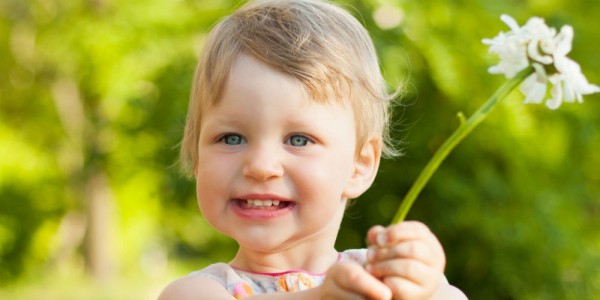When our biological daughter, Eliza, was one-and-a-half, my husband and I decided to pursue having a second child. We faced two options: a return to the emotionally grueling roller coaster of doctor’s visits and fertility treatments or the pursuit of adoption. We unanimously chose to adopt.
As we began the process, questions flooded our minds. Would we love a child who had not been born to us? Would our love for that child feel the same as our love for Eliza? Would an adopted child feel slighted if his sister had a biological link to us? What would it be like to blend biological and adopted children within our family? What would it be like (for us, for the children, for our extended families) to have two children who looked very different from one another?
These questions tugged at our minds and hearts as we proceeded. We spoke at length with a number of social workers as well as parents who had both biological and adopted children. They assured us that our questions were valid and to be expected, and then they assured us that we would love an adopted child in the same deep and overwhelming way that we love Eliza.
The moment we received that first photograph of six-week-old Daniel from Guatemala, so many of those questions vanished. The first time we held him in our arms, we wondered if we’d ever had any questions at all. Of course we loved him. Of course he was ours. Is it the identical love we have for our daughter?
Certainly, the basic parental love that causes us to feed him and clothe him and rock him in the middle of the night is the same. Certainly, the feeling of “this is my child” is the same. But, as I would imagine to be true for any parents of more than one child, we love them each individually. We love that Eliza changes her clothes three times a day. We love that Daniel insists on sleeping with his basketball. We love that Eliza has her Mommy’s eyes and her Daddy’s laugh. We love that Daniel and his dad are told how much they look alike.
As for our children’s questions, well, Daniel is just mastering the words “more” and “please,” so it will be a few years still for him. Eliza, on the other hand, is fascinated by pregnant women. Her favorite question: “Whose tummy did (fill in the name) grow in?” She knows now that she grew in Mommy’s tummy and Daniel grew in Maria Luisa’s tummy. She will tell you that she was born in St. Louis and he was born in Guatemala. She begs to hear the “Story of Eliza,” followed immediately by the “Story of Daniel,” little vignettes we tell at bedtime describing how they both came to be part of our family.
We know that the questions they ask will get more complex as they grow, and we trust that we will be able to give Daniel the information he needs to understand his journey to our family.
Ultimately, though, what we want our children to know is what they seem to know already in their very young way that they are both amazing gifts to us. Amazing gifts that we couldn’t manufacture or create or make happen. Amazing gifts for which we are immensely thankful.
As I field questions from new acquaintances and strangers, I am reminded of just how much I love both of my children. Eliza is an incredibly striking child (if I do say so) with blonde hair, pale skin and really big blue eyes. Daniel, is an incredibly striking child (if I do say so) with black hair, amazing brown skin, and really big black eyes. When people ask me, “Are they both yours?” I answer them quite truthfully with a resounding YES.
If this curious onlooker wants to know more, I gladly tell all about our adoption experience. But at the most basic level, these children are both most definitely mine. I tell the curious the same thing I tell my children: One was born to us, one was adopted by us. And that made them our children.
Copyright © 2003 by Wide Horizons For Children

